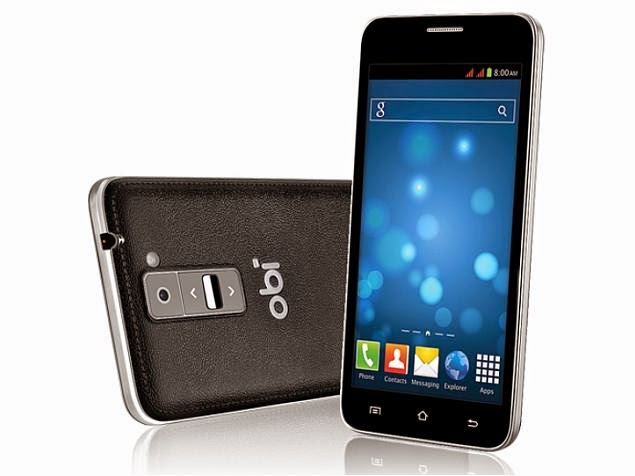Thinking about upgrading your smartphone? LG and Sony have released
a strong line-up of their flagship android mobiles, namely the LG G4 and Sony Xperia Z3+. If you’re confused about which one to
splurge on, we have rounded up these two for a spec-to-spec comparative review
so you can make a well-informed decision. Read on!
Beginning with the design of both the models, Sony’s Z3+ comes in dimensions
of 146.3 x 71.9 x 6.9mm and weighs 144g whereas LG’s G4 is 148.9 x 76.1 x 9.8
mm and weighs 155g, making LG G4 slightly bigger looking and heavier too. LG G4
is available in two different back materials that is, real leather (black,
brown, red) and plastic (grey, white) with curved edges, it has also opted to
shift the control buttons to the back panel instead of the usual side panel. On
the other hand, Sony’s Xperia Z3+ is comprised of a waterproof and dust-proof
glass and aluminium frame with a rectangular shape and comes in four colors, including
black, copper, white and aqua.
Moving on to display, LG G4 has a screen size of 5.5’’ with an IPS LCD
and Corning Gorilla Glass 3 protection while the Sony Xperia Z3+ gives us the
usual 5.2’’ IPS LCD display with scratch resistant screen technology and an
oleophobic coating. The LG G4 packs resolution
of 2560 x 1440 that equals 538 ppi, which makes it one of the few phones to
offer such high resolution and pixel density. Sony’s Z3+ has a resolution of
1920 x 1080 with a pixel density of 424ppi and makes use of their proprietary TRILUMINOS
technology that produces bold and clear images. Given its larger display screen
and considerably higher resolution, enhancing the quality of visual experience,
LG G4 acquires a certain edge over Sony’s Z3+, which at least in screen size is
not far behind.
Both models run on the Android OS, while LG G4 runs on v5.1, Sony’s
Z3+ runs on v5.0. LG’s G4 is powered by a Hexa-core, Qualcomm Snapdragon 808
central processing unit, and clocks in 1.8 GHz’s of processing power with a 3GB
RAM, Sony’s Z3+ runs on Qualcomm’s Snapdragon 810 with Octa-Core and a 2.0 GHz
processing power and an equal 3GB RAM. Therefore, at the chipset front, both the
models are neck to neck.
Coming to the memory, both have 32 GB of internal memory, however
LG G4 is expandable to a massive 2 TB of external memory, although how this
would affect the performance and smoothness of the smartphone remains to be
seen. On the other hand, Sony Xperia Z3+ is non expandable. Therefore, the
choice could depend on individual requirement, although both the models provide
same ready availability of memory.
Furthermore, while LG’s G4 has upped their rear camera to 16MP,
which is impressive, Sony Xperia Z3+ takes a leap with 20.7MP rear camera, however,
LG G4 makes it up in the front camera with 8MP, which in case of Sony Xperia
Z3+ is 5MP. Both models provide optimal image stabilisation, two-tone LED
flash. Our conclusion is that the Sony’s slightly stronger rear camera and
waterproof technology may have provided it a leg up, but if you are looking for
superior selfie LG G4 has an edge. On the battery front, LG’s G4 has a
removable 3000mAh battery with Sony’s Xperia Z3+ close behind with a 2930mAh
non-removable battery, which is almost comparable.
Therefore, while LG G4 has an edge in terms of offering better
visual experience, a massive expandable memory, a superior front camera and a
slightly more advanced operating system, Sony Xperia Z3+ tries to make up with
a superior rear camera, water and dust proof glass and a relatively sleeker
look. Considering that the two models are priced about the same, the cost tag may
not be a deciding factor while making a choice between the two devices.






















